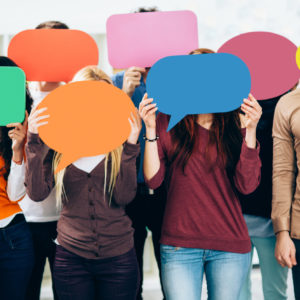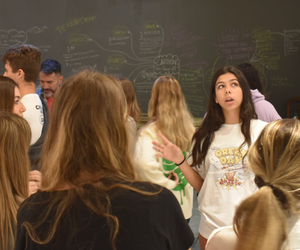A talk about diversity
“Diversity is not about how we differ. Diversity is about embracing one another’s uniqueness.”
-Ola Joseph
Rock in Rio is in full swing, and I had my first opportunity to attend this past weekend. With a showcase of talented artists from all over the world, there were influences across cultures on display that came together in a celebration that will attract more than 700,000 people.
As an advocate for diversity in schools, it led me to wonder what this event would be like if everyone were the same. What if we all spoke the same language, ate the same food, wore the same clothes, and had the same experiences? Who would be our music makers, painters, innovators, dancers, and poets? How do our differences shape our perspectives and attribute to a more beautiful and lively world?
As parents and teachers, we are both educators. How do we as a community and as a school, help nurture the next great artists, designers, and innovators?
One place to start might be reflecting on how we see diversity, determine success, and what we place value on.

The above comic is fairly common in the education field when we talk about differentiation, or how we support students that are not all the same. Many of us may see this and say to ourselves “Of course this isn’t fair.” However, diversity in our students may not always be so easy to spot, often even invisible to the eye. We don’t see our students’ experiences or their deeply held beliefs. We are unable to see how the brain of a student with dyslexia works in comparison to one without.
Additionally, we don’t believe that in order for all the animals to be successful, they must all learn how to climb a tree. We see the value in the bird being able to fly and the strength of the elephant. Do we value a student with ADHD or autism in the same way? Or a student gifted in the arts but struggling to read at grade level expectations.
Dean Kamen, Steven Spielberg, and Richard Branson to name just a few, are seen as leading innovators in their fields that happen to also have dyslexia. They’ve talked about the difficulties they had in school, trying to fit the mold of a “typical” child. And even as they continue at times to struggle with the impact of dyslexia in life, they still attribute their “disability” to their success.
How do we nurture the neurodiversity that is a part of humanity? How do we demonstrate that we value the spatially gifted mind of a student with dyslexia, the system and pattern finding gifted mind of a student with autism, or the creative, outside-the-box innovating mind of a student with ADHD?
Cody Alton
Director of Student Support Services at EARJ



